The surface of the electrical box has been treated as follows to prevent rust and rain corrosion:
Polishing: During the polishing process, a special polishing wheel or polishing belt acts on the metal surface at high speed. These polishing tools are usually made of high-quality abrasive materials, such as diamond, aluminum oxide, etc., which can accurately remove burrs, oxide scales, rust layers and other uneven impurities on the metal surface. After polishing, the surface of the electrical box becomes extremely smooth, bright, and has a high degree of finish. Polishing is not only for beauty, but more importantly, it provides ideal surface conditions for subsequent spraying. A smooth, impurity-free surface can better accept the adhesion of the paint, ensuring that the coating can be evenly and tightly covered on the metal surface. This not only improves the protective effect of the coating, but also extends the service life of the coating.
Spraying treatment: Spraying treatment is a key step in the rust and corrosion prevention of the electrical box surface. At this stage, the anti-rust paint or anti-corrosion paint is evenly sprayed on the surface of the electrical box through professional spraying equipment. These coatings are carefully formulated to have excellent corrosion resistance and weather resistance, and can maintain a stable protective effect in outdoor environments for a long time. During the spraying process, the paint is sprayed out through the nozzle in fine particles and evenly covers the surface of the electrical box. The active ingredients in the paint react chemically with the metal surface to form a strong and dense protective layer. This protective layer can effectively isolate the metal from direct contact with the external environment and prevent the metal from rusting or corroding due to oxidation, acid and alkali erosion and other factors. There are many types of spray coatings, and the common ones include phenolic, epoxy, polyurethane and other types of anti-corrosion primers and topcoats. These coatings have their own characteristics and are suitable for different environments and needs. For example, phenolic coatings have good corrosion resistance and water resistance, which are suitable for electrical boxes in humid environments; while epoxy coatings have excellent adhesion and wear resistance, which are suitable for electrical boxes that require frequent maintenance.
Coating characteristics: After the coating dries, a hard and dense protective substance will be formed, which is tightly attached to the surface of the electrical box and effectively prevents surface rust. At the same time, the coating can also improve the hardness of the surface and enhance the surface's ability to resist corrosion. When the coating is eroded by the external environment, it can quickly form a new protective film to continue to protect the electrical box from damage. The coating material should have good adhesion and wear resistance to ensure that the coating can adhere to the surface of the electrical box for a long time and maintain its protective performance. In addition, the coating should also have excellent weather resistance and chemical resistance to cope with the complex and changeable climate and chemical corrosion in outdoor environments. These characteristics enable the coating to maintain a stable protective effect for a long time in harsh environments and extend the service life of the electrical box.
In summary, the surface of the electrical box is polished and sprayed to form a strong, corrosion-resistant protective layer, which effectively prevents the occurrence of rust and rain corrosion.

 ENGLISH
ENGLISH 简体中文
简体中文 GERMAN
GERMAN SPAIN
SPAIN
 +86 181-5747-1135
+86 181-5747-1135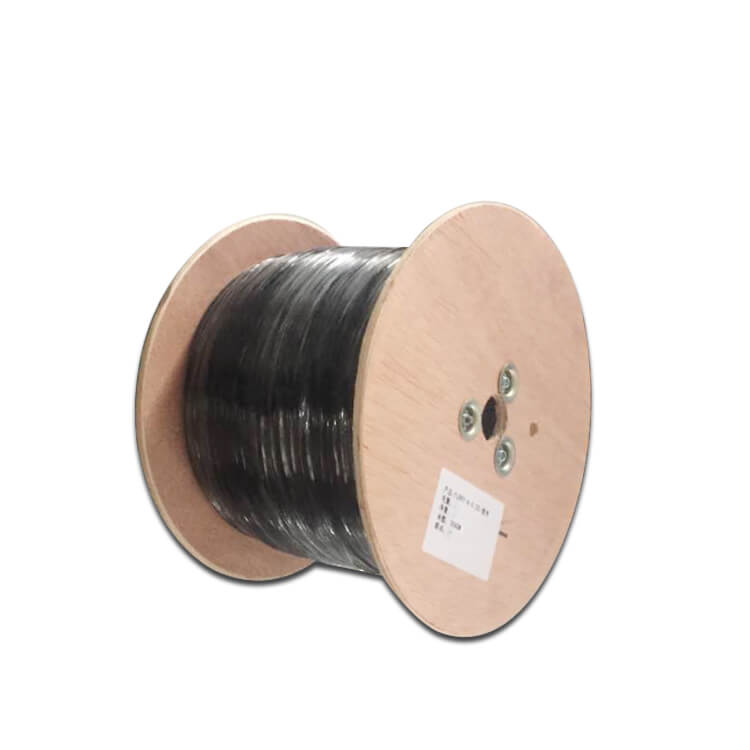
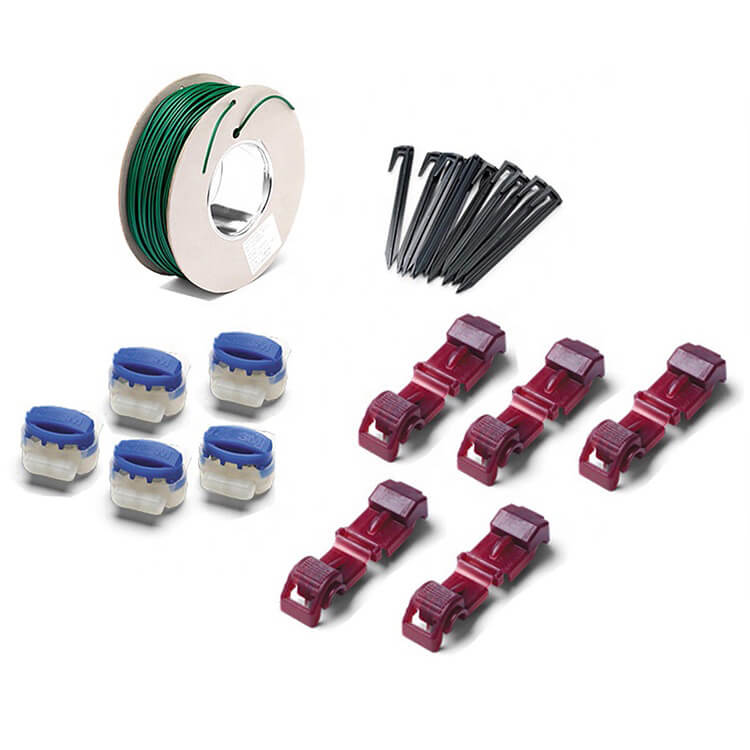
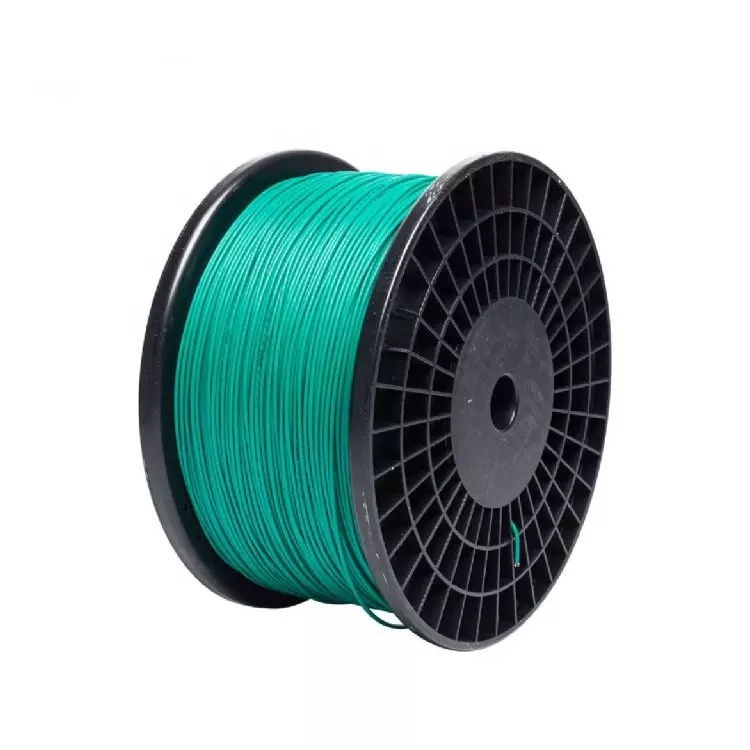
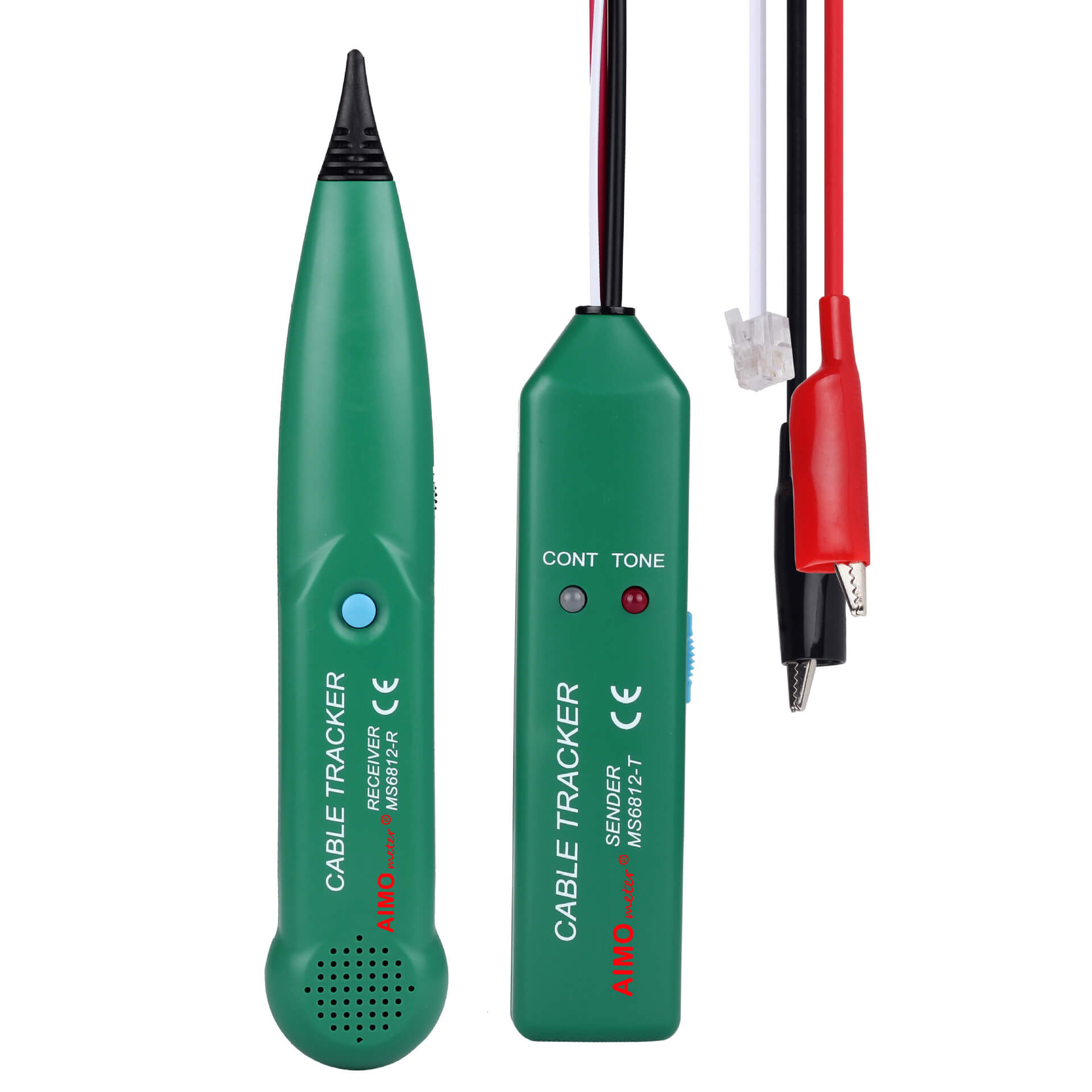


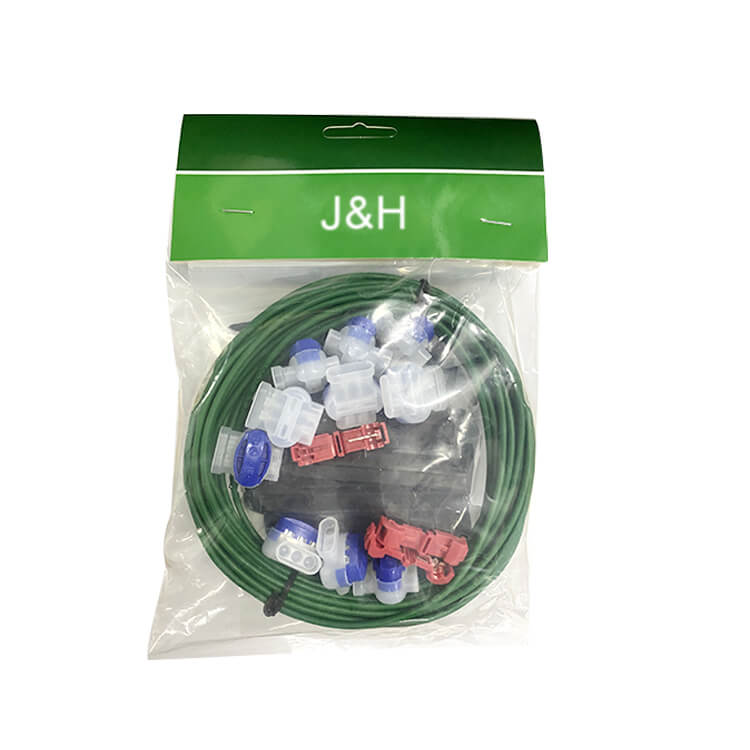
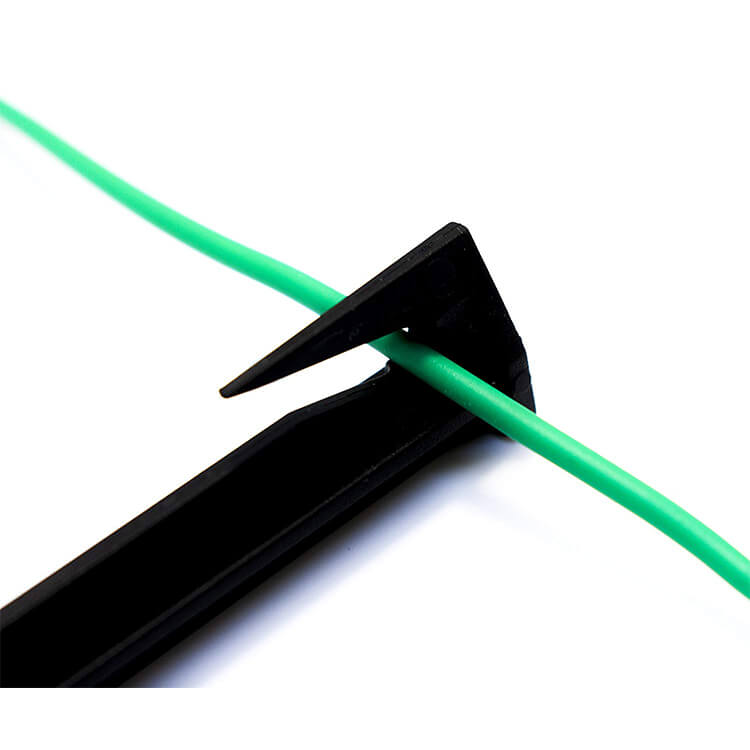
 Abroad:+86 181 5747 1135
Abroad:+86 181 5747 1135 FAX: +86 574 8900 7636
FAX: +86 574 8900 7636 E-mail:
E-mail: 

 read the map
read the map

